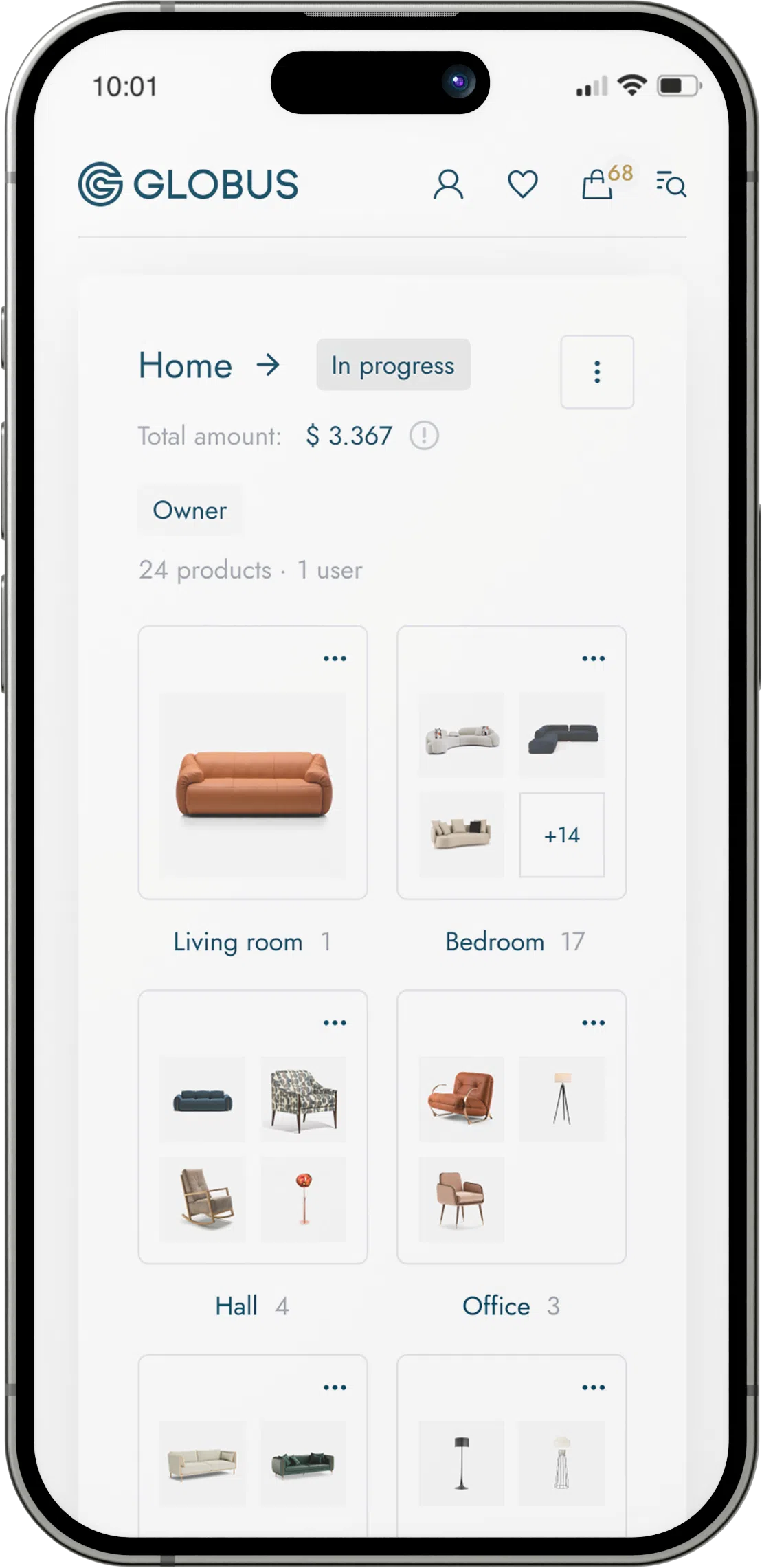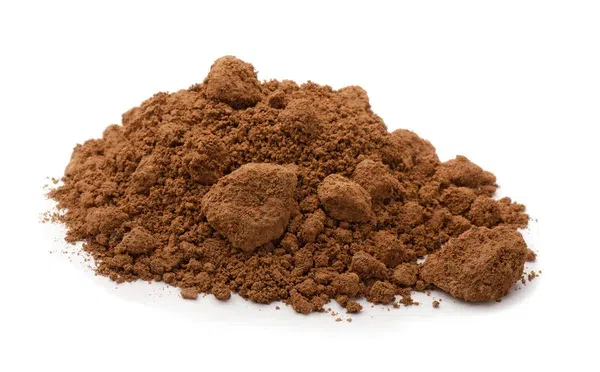Clay isn't typically categorized as a "furniture material" in the traditional sense since it's not widely used in mainstream furniture manufacturing. However, clay can be applied in furniture design, either as a primary material or as an accent, often bringing a unique and artisanal quality to the pieces. Here are some aspects of clay when considering it in the context of furniture material:
- Composition and Types:
- Clay is a natural material composed of fine-grained minerals with plastic properties when wet and hardening when heated or dried.
- There are various types of clay, including earthenware, stoneware, porcelain, and terracotta, each with its distinctive characteristics and firing temperatures.
- Characteristics:
- Plasticity: When mixed with water, clay can be shaped and molded, which allows for a wide range of creative forms.
- Durability: Once fired, clay becomes hard and relatively durable, with stoneware and porcelain being stronger and more durable than earthenware.
- Heat Resistance: Fired clay is heat resistant, making it suitable for certain furniture applications where this is beneficial.
- Aesthetic Appeal: Clay can have a wide range of finishes, glazes, and can be left raw for an organic look, allowing for diverse visual effects.
- Uses in Furniture:
- Accent Pieces: Clay is sometimes used for decorative accents on furniture, such as knobs, pulls, or inlays.



